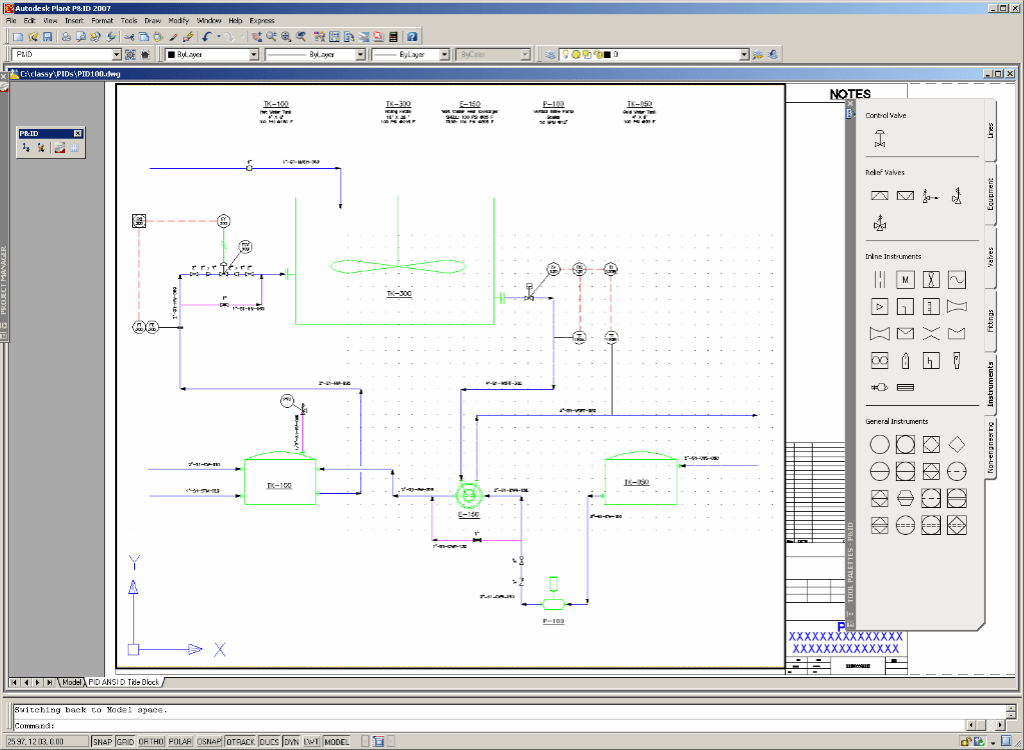

So, what happens when you encounter such a situation yet you do not have access to the original, digital P&ID? Ordinarily, you would have to redo the P&ID/P&IDs and add the extensions. This, therefore, means that any subsequent changes or extension works of the already-installed plant must again be based on the initial Piping and Instrumentation Diagram (P&ID). Thus, P&IDs provide a blueprint against which installers refer when setting up a plant. This is because they describe the entire engineering design process by showing how pipes interconnect with each other, i.e., the sequence of reducers, branches, control interlocks, and valves, as well as with the instrumentation and equipment, such as pumps and motors. The end connections available are the same connections that we have available for our valves.Piping and Instrumentation Diagrams (P&IDs) are essential prerequisites during the installation of pipes and equipment in a given plant.

Once we have saved our changes to Project Setup, we are able to set the end connections of the lines connected to our pump. This will ensure the correct orientation of end connection symbols.

We add ‘:EndCode90’ to the name of attachment point 1 and ‘ :EndCode270’ to the name of attachment point 2. We now edit the block definition for our example General Pump symbol. We set it to a Selection List and create a new selection list with a single entry of Unspecified. In the figure above, we add the EndConnections property to the Pumps class. In Project Setup, we simply have to add the List type Property ‘ EndConnections’ to the class of symbol that we want to show end connections and add the ‘:EndCode#’ suffix to the names of the appropriate attachment points in the P&ID block definition of the symbol. However, it is a simple configuration task to add to equipment, or other engineering items, the same end connection symbols that are available for valves. The above pump symbol simply shows the lines connecting to the pump. Out of the box, AutoCAD P&ID does not show the end connections on lines that are connected to items of equipment.


 0 kommentar(er)
0 kommentar(er)
